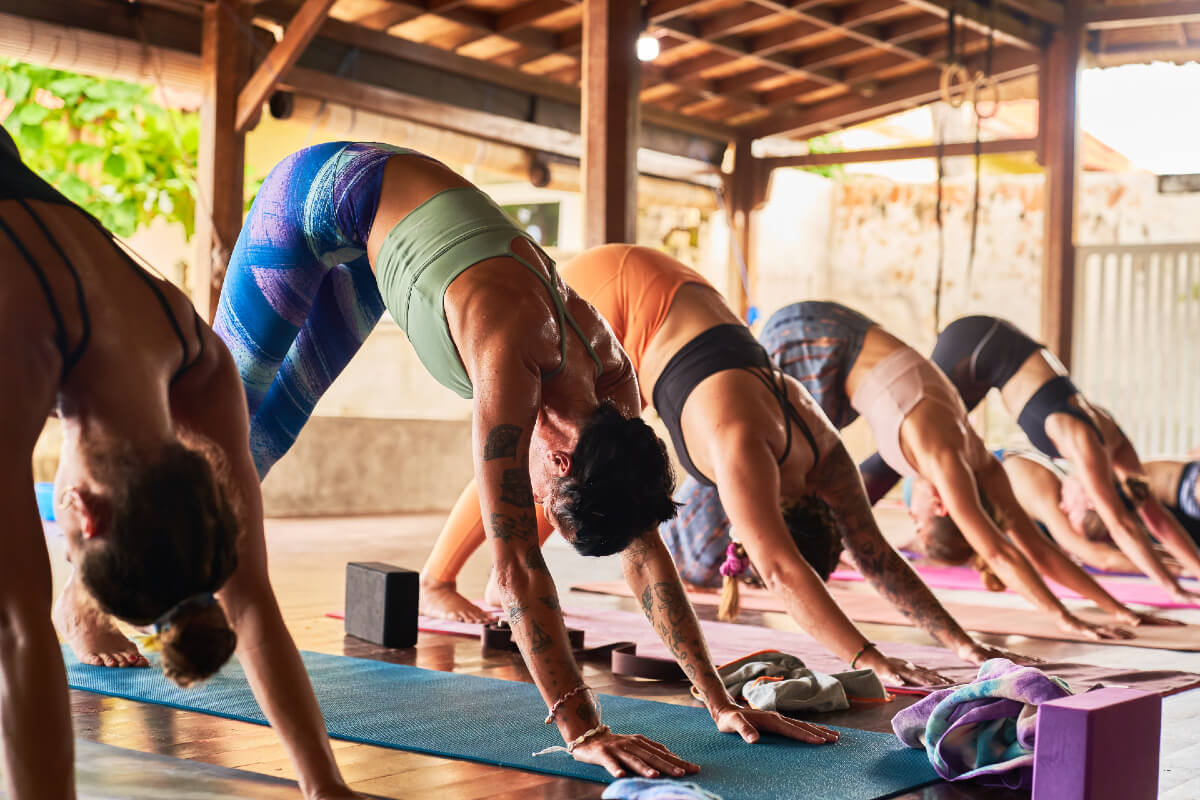And if the rhomboids were found to be weak, how would strengthening them (training them to produce a higher level of force) ensure that they would pull the shoulders back further in one’s daily life posture, which is a task that has much more to do with muscle endurance and the choice to hold the body in that position than muscle strength anyway?
If strengthening doesn’t shorten our muscles and if postural patterns don’t tell us how strong muscles are in the first place, is the common belief that strengthening can change posture plausible?
POSTURE IS CONTROLLED BY THE NERVOUS SYSTEM
Luckily for us, scientific research has explored these exact questions. A systematic review (Hrysomallis 2001) took a thorough look at studies on realigning posture through exercise and reported the following:
“A review of the literature has found a lack of reliable, valid data collected in controlled settings to support the contention that exercise will correct existing postural deviations. Likewise, objective data to indicate that exercise will lead to postural deviations are lacking. It is likely that exercise programs are of insufficient duration and frequency to induce adaptive changes in muscle-tendon length. Additionally, any adaptations from restricted range-of-movement exercise would likely be offset by daily living activities that frequently require the body segments to go through full ranges of motion.”
This same author performed a follow-up systematic review in 2010 with similar conclusions.
Once we understand that stretching and strengthening exercises don’t change posture (and that static posture doesn’t tell us whether specific muscles are flexible, tight, strong, or weak to begin with), we can start to let go of the idea that common posture patterns that we see are the result of tight muscles pulling on bones and long, weak muscles allowing those bones to be pulled.
These oversimplified ideas about posture would have us believe that our muscles are like inanimate pieces of clay that just need to be pulled a little longer here (stretched) and pushed a little shorter there (strengthened) in order to reset the entire body back to an ideal of “balance.” But posture is much more complex than that!
Our nervous system is what sets the resting tone of our muscles and therefore creates our posture. Our muscles are actually completely subservient to the nervous system; muscles don’t contract and relax on their own behalf.
Therefore, if we’re interested in changing our posture, instead of using specific stretching and strengthening formulas that target muscles, a better idea would probably be to employ strategies that communicate with the nervous system. One example might be to set a timer on your watch. When the timer goes off, check in with how you’re holding your body throughout your day and make any adjustments you feel would be helpful. The idea would be that if you did this regularly enough over time, you might eventually reset your nervous system’s default postural pattern for your body.




